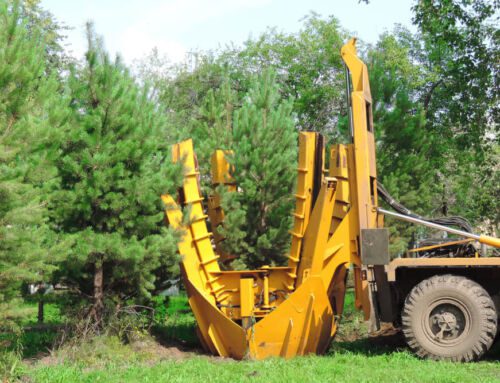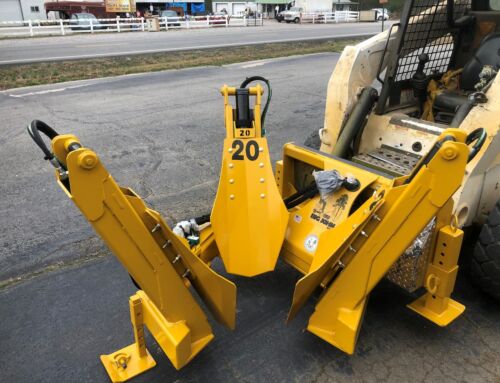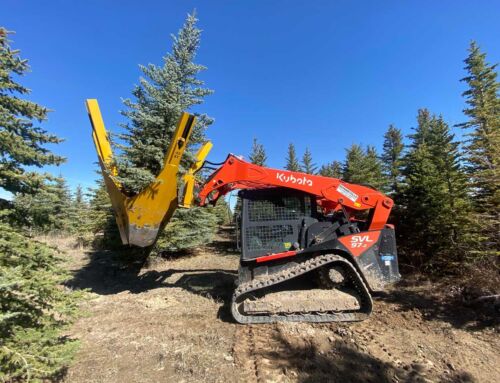Tree Farming 101: Our Post Transplant Care Guide to Nurture Your Trees
Tree Farming 101: Our Post Transplant Care Guide to Nurture Your Trees
Tree transplanting is more than just moving a tree from one spot to another—it’s about giving it the best chance to thrive in its new home. Even the strongest trees can struggle to adapt without proper attention, impacting their health and growth. That’s why post-transplant tree care is essential to ensuring long-term survival.
Whether managing a tree farm or working in forestry, understanding what trees need after transplanting is critical. This guide covers everything you need to ensure greater outcomes. Let’s dive into it!

Initial Steps to Take After Transplanting
Watering
Watering is the foundation of solid post-transplant tree care. Newly transplanted trees need consistent moisture, but overdoing it can cause issues like root rot. Keep the soil damp, not drenched, and adjust based on weather conditions. A deep soak once or twice a week is far more effective than quick, daily sprinkles.
Mulching
A good mulch layer works wonders after transplanting. Mulch retains moisture, regulates soil temperature, and reduces weed growth. Spread an even 2-4 inch layer around the base, but keep it a few inches away from the trunk to prevent rot or pests from setting in.
Creating a Supportive Environment
Transplanting can shock a tree, so creating a stable growing environment is essential. Ensure proper staking if the tree needs support in windy areas, and keep nearby competition (like fast-growing weeds) in check.
Long-Term Care Strategies
Proper Pruning
Pruning’s importance doesn’t end after planting. Removing dead or damaged branches helps your tree focus its energy where it matters. For best results, prune during the dormant season, using sharp tools to make clean cuts.
Pest and Disease Management
A healthy tree is less appealing to pests and diseases, but vigilance is still key. Regularly check the leaves, bark, and roots for signs like discoloration, holes, or strange growths, and act quickly if something looks off.
Fertilizing and Soil Care
Trees can benefit from added nutrients post-transplant, but timing matters. Wait until the tree shows new growth, then apply a slow-release fertilizer. Keeping an eye on soil health ensures the roots get everything they need to support growth.
Common Mistakes to Avoid
Your trees can’t speak to you, but they’ll show signs if something’s amiss. Some common mistakes to avoid include:
- Overwatering or neglecting to water adequately.
- Planting trees too deep or leaving the roots too exposed.
- Failing to mulch correctly or piling it against the trunk.
- Ignoring signs of stress like wilting or yellowing leaves.
- Neglecting follow-up care during the critical first year after transplanting.
Help Your Trees Thrive with Big John Manufacturing’s Expert Equipment
Anyone dedicated to tree farming knows how rewarding it is to see trees flourish. At Big John Manufacturing, we understand your dedication and offer quality tree transplanting equipment to support your goals.
Since 1975, we’ve been committed to providing industry-leading tools to make your jobs easier. With quality tools and practical post-transplantation tree care tips, we’re here to help you achieve peace of mind and remarkable growth outcomes for your trees. Let’s get started!



